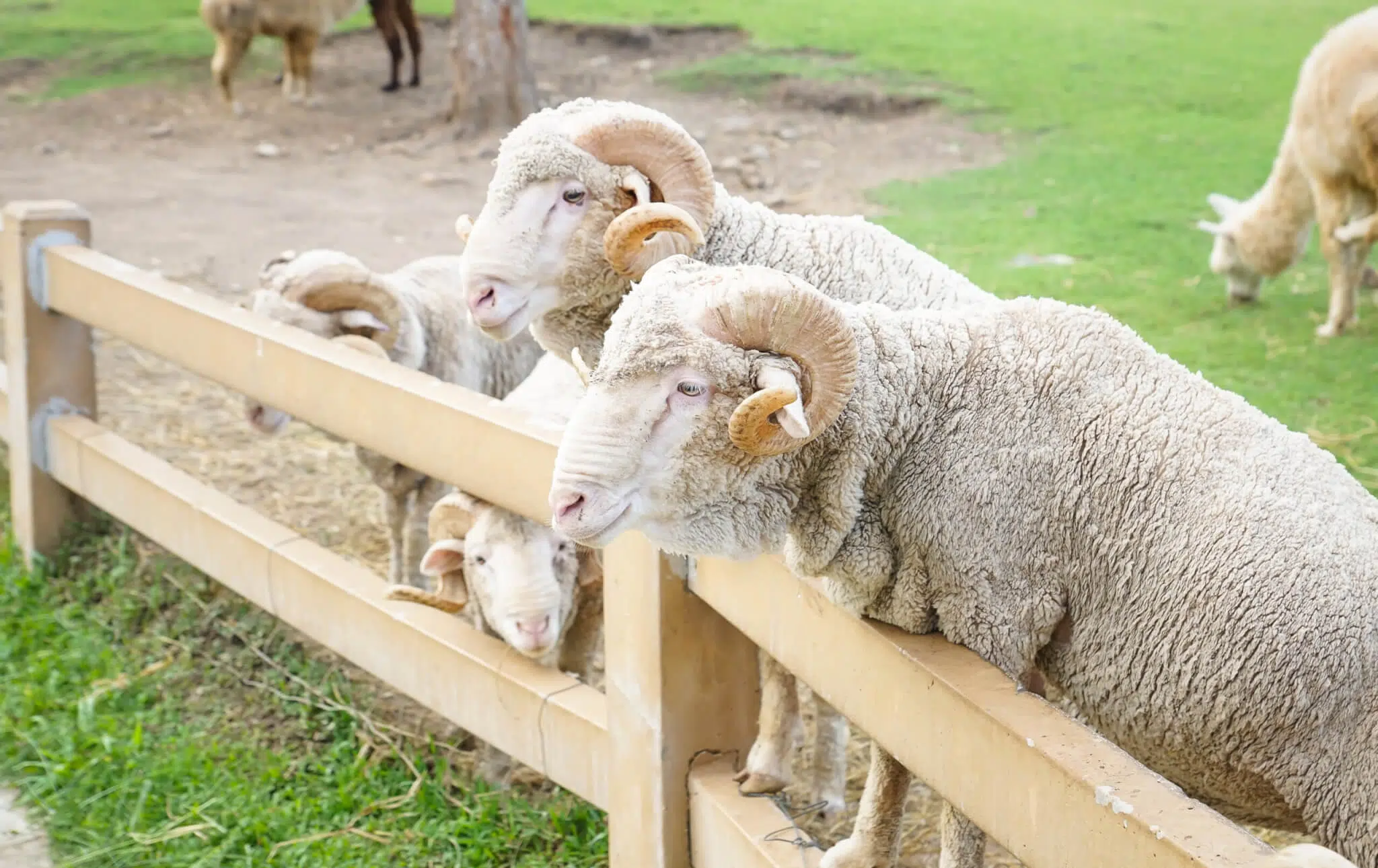Why do we sometimes tend to overlook the preparation of rams before the breeding season? Perhaps it is because they only make up around 3% of the flock. Or maybe it is a case of ‘out of sight, out of mind’? Overseeing ram preparation can influence the breeding season and pregnancy rates, and thus a farm’s cash flow. Repeating past mistakes like this can hurt, but I once heard some wise words about the past: “You can either run from it, or … learn from it”. Let’s look beyond this common mistake and dig into practical tips for ram preparation.
The five Ts
The George Farm Vets based in Malmesbury, England describe their five Ts or tips to ensure that a ram is ready for the breeding season: teeth, toes, testicles, tone, and treatments.
Tip 1: Teeth
Inspect the ram’s teeth to look for defects such as over- or underbites, as this is a genetic issue that calls for a cull. Furthermore, older rams should still have sufficient bite left to graze and remain in good condition while mating.
Tip 2: Toes
Inspect feet for cracks or sores and assign a locomotion score point to the ram before the breeding season kicks off. It is important to make sure that rams are still walking easily in order to be able to mate ewes. Rams that are sore will not mount.
Tip 3: Testicles
Measure the circumference of the testes and check this against the age-appropriate healthy circumference goal. Feel both testes for symmetry and tone. Then get your veterinarian to do a breeding soundness evaluation while measuring the quality and quantity of the ram’s semen.
Tip 4: Tone
Breeding takes a lot of energy. A ram can lose between 10 and 15% of its body condition during a single breeding season. Feeding for body condition, semen quality, and immunity is important and one must focus on proper nutrient balance, protein quality, and mineral supply.
Tip 5: Treatments
Vaccinate rams throughout the year to ensure that they are ready for the breeding season. The last vaccine should be administered at least six weeks before the breeding season. This allows time for the ram’s sperm to recover, should he experience a fever reaction. Perform a faecal count using FAMACHA© scoring before the rams are moved to the ewes to ensure that parasites are under control.
Conclusion
Everything in nature exists in a delicate balance and allowing nature to take its course is always best. However, one would like to give nature the best possible chance of success by inspecting breeding rams before the breeding season begins. In fact, an inspection of breeding rams before the breeding season is so important, that the story is worth telling twice. It does not have to be complicated. Even starting as simply as setting up a checklist to follow every season can lead to amazing results. Enjoy the breeding season ahead!
Download the article as published in Afrikaans in the January 2022 issue of Veeplaas here, or in English in the January 2022 issue of Stockfarm here.
Anri Strauss is a scientific adviser in the ruminant team at Chemuniqué, holding a master’s degree in nutrition from the University of Pretoria. She grew up on a farm and still lives in the Free State, where she and her husband also farm with Boer goats.











Super, practical article, Anri, nice 🙂